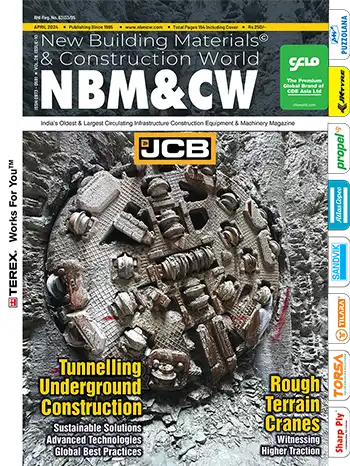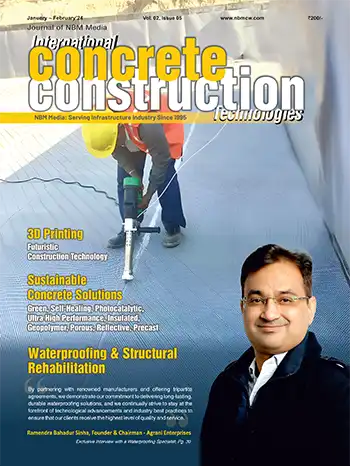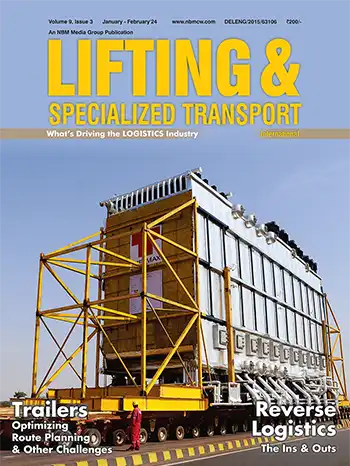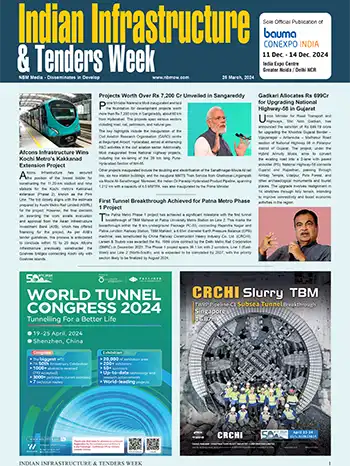Escorts-Kubota - Ready to Showcase Its Strengths to the World

With the amalgamation of two giants, Escorts and Kubota, what value-added changes can buyers expect in product quality, operations, and services?
Culturally, these two organisations are not very different from each other as both have similar core values, both are sensitive to customer needs (which they meet with great agility), and their approach to work is also similar.
We are confident that the joint venture ‘Escorts Kubota’ will bring additional strength and value to the Indian construction market, which we aim to showcase to the world. Kubota’s strength lies in product design, quality control, and methodical production processes, so we will see enhanced quality and efficiency in manufacturing. Kubota is also quick in understanding customer requirements and presenting the right product as per the application. In fact, our ability to understand market trends, our wide network of channel partners, along with the legacy of Escorts and emotional connect with the customers, are strengths which will help us bring something unique to the Indian market.
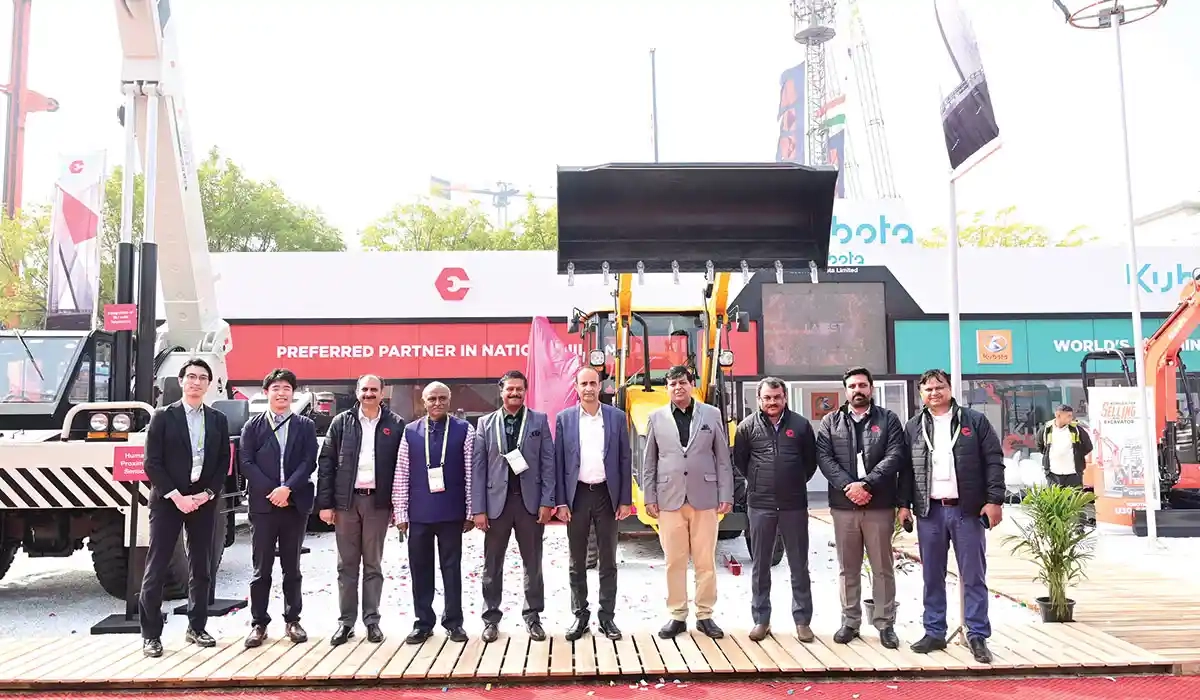
What new products and services can we expect from Escort Kubota?
Currently, we have Agri Machinery, Construction Equipment, and Railway Equipment Business. So, there will not be much difference structurally, but there are some complementing products, for instance, Kubota Excavators, what Escorts don’t have but have been trading in excavators for several years. Similarly, material handling is not in Kubota portfolio, which they are holding today, so these complementary and non competing products make it a wider range of offering for the merged company.
Going forward, we will have three verticals in construction equipment: Material Handling vertical with pick-and-carry cranes, which we will strengthen further with Kubota coming in; we have Earthmoving vertical with backhoe loaders and mini excavators; and Roads construction equipment vertical comprising of compactors and graders. We will build these three verticals and ensure that they perform as per market expectations.
Today, Material Handling contributes about 75% of our total revenues, while Earthmoving will grow with mini excavators coming in. There is a lot of synergy between mini excavators and backhoe loaders, as they complement each other and cater to the same set of customers. Offering a customer both the products will add to our customer base and help grow our revenues.

Kubota, as a multinational Japanese company, has very high standards of safety; how will the company ensure safety of its Pick-n-Carry cranes?
We launched the Hydra pick-n-carry crane some 50 years ago, which the Indian market was quick to adopt. Today, while we still offer the Hydra as it continues to be in demand, but larger part of our volume comes from high-end pick-and-carry cranes of 15 to 30 tons. They have all the safety features such as anti-toppling devices, warning systems and alarms. For instance, if the machine is working on an undulated terrain or is operating at a certain/dangerous angle, a safety device will ensure that m/c does not go out of safe range. In short, the crane will be immobilized, and the operator will have time and a timely alert to operate safely.
We have introduced a 23-ton crane under our Whiteline series with nine such safety features. Going forward, we will improve the controls digitally so that the machine’s safety will be in the hands of the customer. We want that the customer should be able to remotely (using his mobile phone) control how safely the operator runs the machine, which should be safe for the operators as well as the surroundings. We will train the operators of our corporate customers, including their safety-in-charge and field workers on all the features and functions of our cranes.
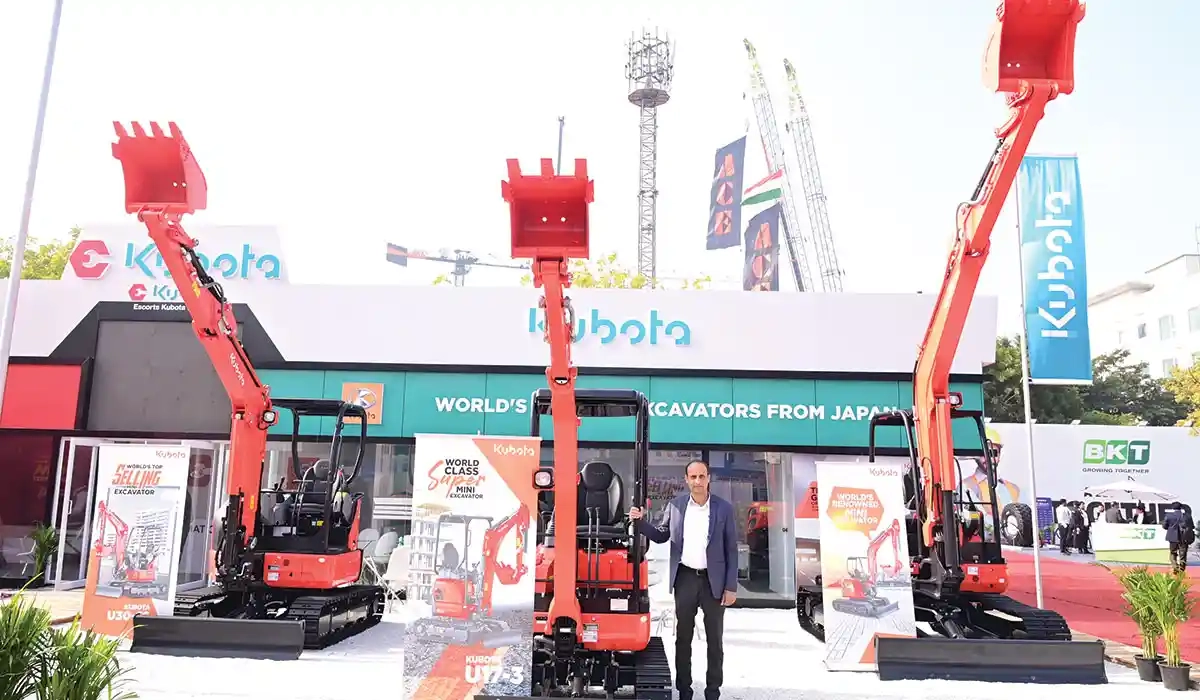
The market for the Mini Excavator is growing slowly but steadily with about 2500 units a year; how do you see its growth in the next 5 years vis a vis the backhoe loader?
We see the market of the Mini Excavator has huge potential; the fact is that it has gone to 2500 units in 2022 and this is going to change dramatically. We have estimated that during 2028 to 2030, the number will go up to 7500 to 10,000 units in view of the numerous applications it is being used for. The large volumes are coming from Southern India and some part of Maharashtra only but it is yet to get into other applications, which are in other parts of India, for example irrigation projects, construction etc across the country.
I think, instead of looking at mini versus backhoe as competing products, we should look at them as complementing products. I have seen many customers owning both the machines and applying them for jobs that each can perform better, and as per the site conditions, so, owning both machines will be beneficial for the customer.
I also see the mini excavator market growing at a very fast pace as newer applications are being identified for its usage. Though the concept of the mini is picking up in India, manufacturers need to create more awareness of its applications and benefits by giving demos, so, the onus lies on us to showcase the product more aggressively.
Our ability to understand market trends, our wide network of channel partners, and our combined strengths in product design, quality control, and production, will help us bring something unique to the Indian market.
Sanjeev Bajaj, Chief Executive, Escorts-Kubota
Kubota is currently importing the Mini Excavator from Japan while many OEMs have started manufacturing them in India, which has brought down its cost and increased competition amongst the locally manufactured and the imported. In such a scenario, how will Kubota retain its top position in this product category?
We are evaluating the current market for the Mini. Today, Kubota in India is at number two position in terms of volume, despite the presence of many local manufacturers, and there is a price difference between other brands and Kubota.
We have visited a few customers who own both Kubota machines and some other brands. There was no marked difference between a 5-year-old Kubota machine and a one-year-old machine of another brand. This indicates the durability of our machines, plus, their initial cost quickly pays off – a fact that people are beginning to realize.
We are selling at a premium because we give very high standards of quality and the best support system. Our plan is to start local manufacturing of the Mini, when the time is right - maybe in the next five years, but we will start working on it in a couple of years. If it is not viable to set up a complete manufacturing unit, we will do indigenization in steps. A lot of components can be indigenized while the heart and the body can be sourced from Japan. We will study all the options before us once we sit at the drawing board and when the market is also right for it.
We also have plans to make India our sourcing centre for global markets and also the global design centre. A lot of work will be done on the design side and for developing vendors for components. India is attractive to us as the country is highly cost-competitive and can become a manufacturing hub for both domestic and export markets.
What are the features of your newly launched Digimax Super backhoe?
Our new Digmax Super backhoe loader comes with a brand-new cabin with ergonomically designed features. The cabin is CE V compatible. All types of attachments are possible, including the extended dipper, rock breaker. This machine is also being launched as a two-and a 4-wheel drive machine.
Digmax Super gives better visibility from the operator’s cabin thus more safe to operate, higher productivity with its digging depth and dumping height being the best in the industry. We will offer it in various models with an Escorts, Kirloskar, or Simpsons engine depending upon the emission norms of the countries, ranging from 74 hp to 90 hp.
How has the transition to BSIV impacted prices and has it brought more new, compliant machines to the market?
The transition to BSIV is complete and the industry is now gearing up for BSV, which is likely to be introduced in April 2024. Unfortunately, the transition coincided with the rise in steel prices, which led to an additional cost increase of equipment. This was quite a setback for the industry.
If all the macro factors continue to be stable, as they are today, then the construction equipment industry is poised for a smooth sailing. Moving to BSV will be a challenge only for smaller equipment like the 49 HP machines, backhoe loaders, and the small Hydras because they will move from BS III directly to BSV.
Is Escorts-Kubota considering electrifi- cation of its construction equipment?
We have been doing electrification of our tractors since the last few years. Today, we are one of the largest electric tractor exporters to the USA and the demand is growing. So, we can bring this technology to our construction equipment as well, but the market will take some time to absorb the concept. No doubt, electrification as an alternative fuel will open up the market and give OEMs like us the opportunity to introduce emission-free machines for the sake of the environment.
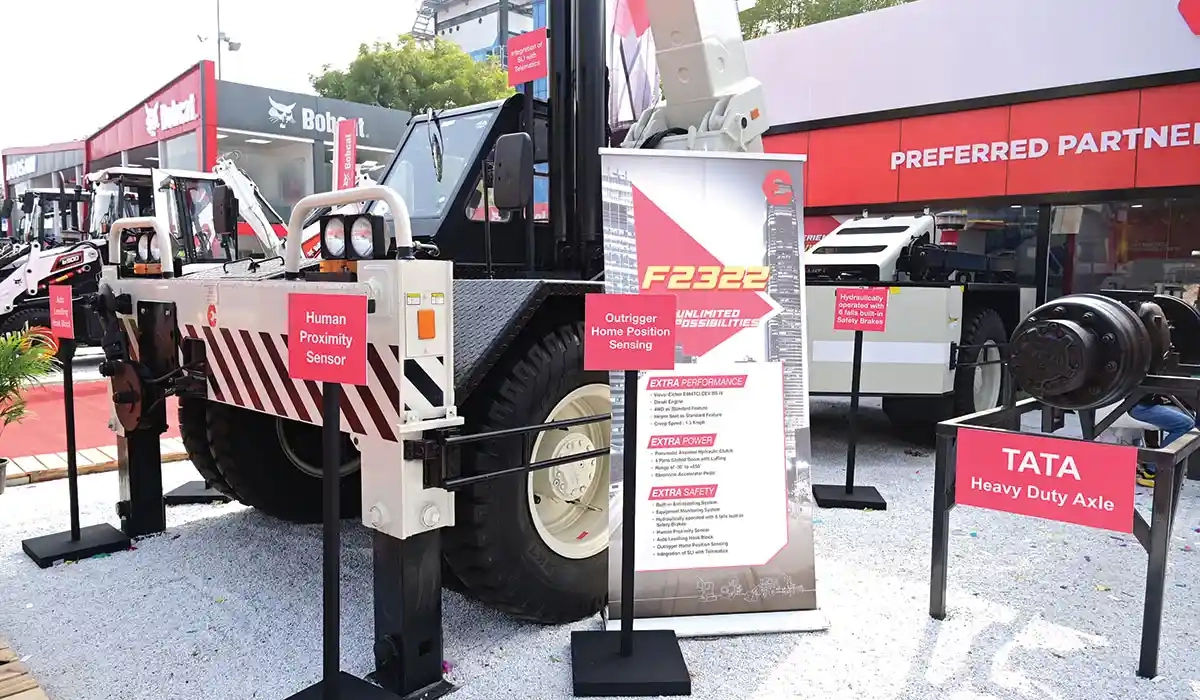
How has FY 2022-23 been for the company?
We have done reasonably well though we wanted to do more numbers had the market not been so unpredictable in FY23. The first quarter saw price hikes and lower business from the retail segment, while sales in the second quarter were affected by extended rains.
By end-October, the market had bounced back with a sense of urgency for completing projects, which drove demand for equipment. We see demand sustaining till the last quarter and we have a hunch that it will continue in the first quarter of the next fiscal.
I think that the current high demand will not be fulfilled till March, and we will see some spill over orders in April and May. Though the first half was not that great, in the second half we saw a lot of orders so much so that supplies became a challenge. We’re working in three shifts now and we are pushing our vendors to fulfil orders.
FY 24 is likely to be more stable, the focus is on completing the projects before the deadline of April 2024. Liquidity can be a problem in the short-term, but if we look at the National Infrastructure Pipeline (NIP), the huge commitment towards infra development will drive the construction equipment industry for the next 3 to 4 years.
NBM&CW March 2023














